
Earlier today, Apple CEO, Tim Cook, wrote one of the most important declarations you’ll likely hear from a company or politician in some time. At the heart of the debate is our privacy which seems to be shrinking every day in our ever-connected and digital world. Ever read those terms and services when you sign up for an account? How about the amount of data a company like Google is mining from you? There is a reason Android is ‘free’ and offered to each vendor – and the same goes for Gmail, etc.
The US government vs. Apple
The United States government has demanded that Apple take an unprecedented step which threatens the security of our customers. We oppose this order, which has implications far beyond the legal case at hand.
This moment calls for public discussion, and we want our customers and people around the country to understand what is at stake.
The Need for Encryption
Smartphones, led by iPhone, have become an essential part of our lives. People use them to store an incredible amount of personal information, from our private conversations to our photos, our music, our notes, our calendars and contacts, our financial information and health data, even where we have been and where we are going.
All that information needs to be protected from hackers and criminals who want to access it, steal it, and use it without our knowledge or permission. Customers expect Apple and other technology companies to do everything in our power to protect their personal information, and at Apple we are deeply committed to safeguarding their data.
Compromising the security of our personal information can ultimately put our personal safety at risk. That is why encryption has become so important to all of us.
For many years, we have used encryption to protect our customers’ personal data because we believe it’s the only way to keep their information safe. We have even put that data out of our own reach, because we believe the contents of your iPhone are none of our business.
The Threat to Data Security
In today’s digital world, the “key” to an encrypted system is a piece of information that unlocks the data, and it is only as secure as the protections around it. Once the information is known, or a way to bypass the code is revealed, the encryption can be defeated by anyone with that knowledge.
The government suggests this tool could only be used once, on one phone. But that’s simply not true. Once created, the technique could be used over and over again, on any number of devices. In the physical world, it would be the equivalent of a master key, capable of opening hundreds of millions of locks — from restaurants and banks to stores and homes. No reasonable person would find that acceptable.
The government is asking Apple to hack our own users and undermine decades of security advancements that protect our customers — including tens of millions of American citizens — from sophisticated hackers and cybercriminals. The same engineers who built strong encryption into the iPhone to protect our users would, ironically, be ordered to weaken those protections and make our users less safe.
A Dangerous Precedent
The implications of the government’s demands are chilling. If the government can use the All Writs Act to make it easier to unlock your iPhone, it would have the power to reach into anyone’s device to capture their data. The government could extend this breach of privacy and demand that Apple build surveillance software to intercept your messages, access your health records or financial data, track your location, or even access your phone’s microphone or camera without your knowledge.
Opposing this order is not something we take lightly. We feel we must speak up in the face of what we see as an overreach by the U.S. government.
Now, what if you read this entire memo with a slight twist?
More from Rene:
Make no mistake, what is being asked of Apple should horrify not just those in the U.S. but around the world. Nothing made can be unmade. Nothing used once will only ever be used once. The moment after an easy way to brute-force passcodes exists we, none of us, will be safe. A few criminals may be more easily investigated, but catastrophically more people will be subject to unlawful searches, hacks, theft, blackmail, and other crimes. Everywhere.
Read Cook’s letter again, but substitute the FBI for Chinese Intelligence. Imagine China, soon to be a bigger market for Apple than even the U.S., making this demand so they can more easily track and prosecute those they claim to be criminals. Then imagine it being used by governments at war with their own citizens. Now do it again, but this time with Russia’s FSB. Or once more with the NSA.
Imagine when it falls into the hands of everyone from organized crime and terrorists to lone hackers and criminals. Imagine falling asleep while the person you just met sneaks into the other room, replaces the software on your phone, and slips out with your every picture, password, message, and location. And if caught, they’re just fine — they used the same back door to replace the software with a underground version eliminating the back door.
After the jump, how this all related to Sony.


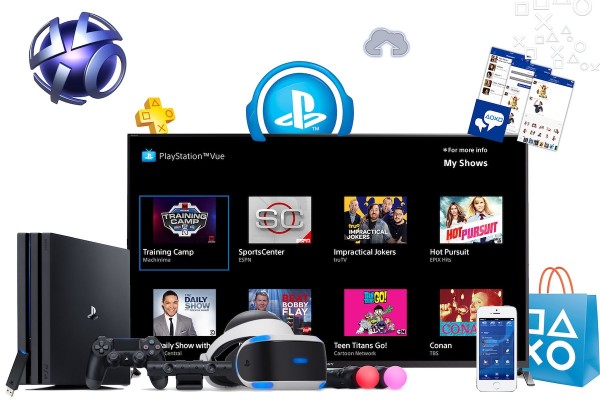
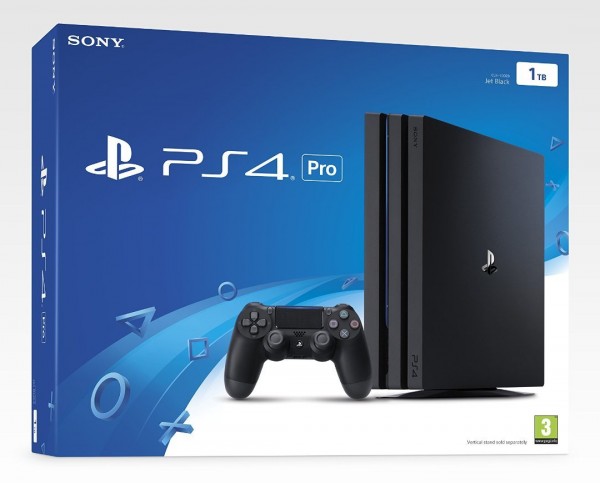

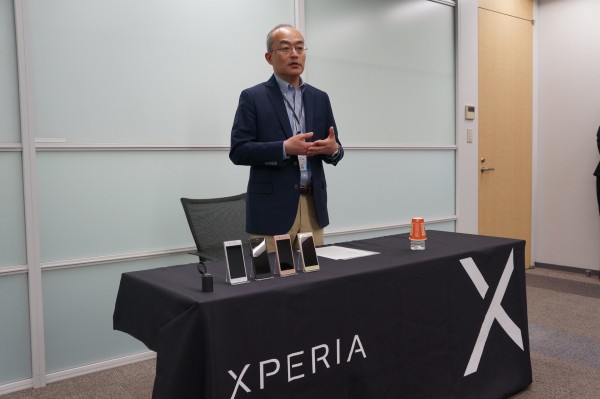
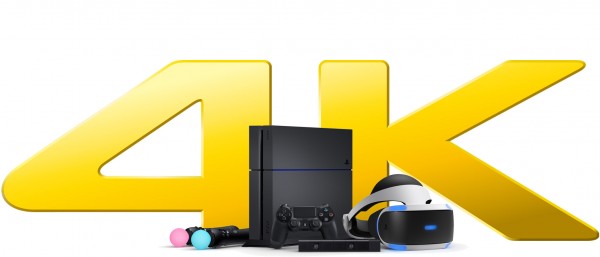
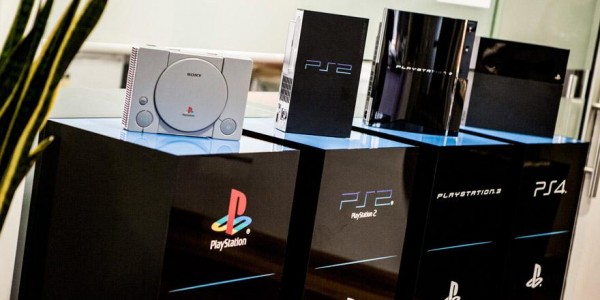
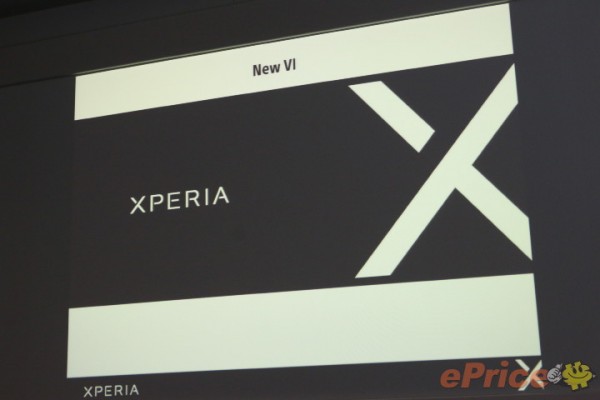




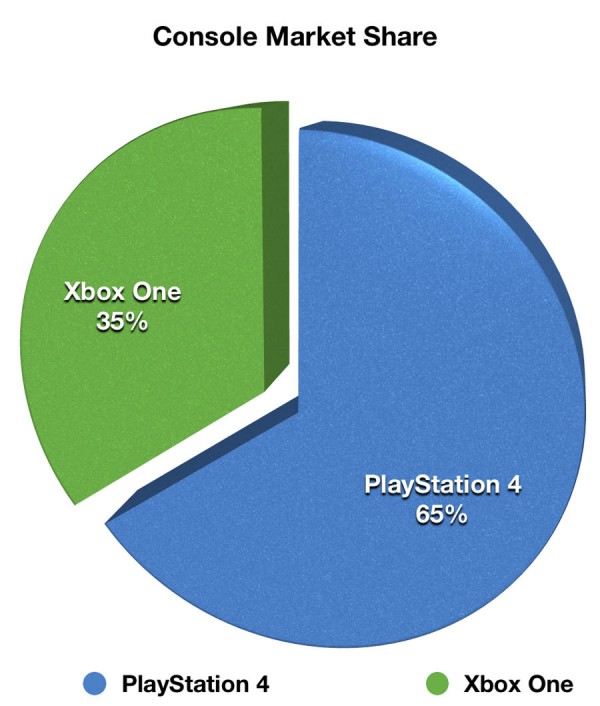



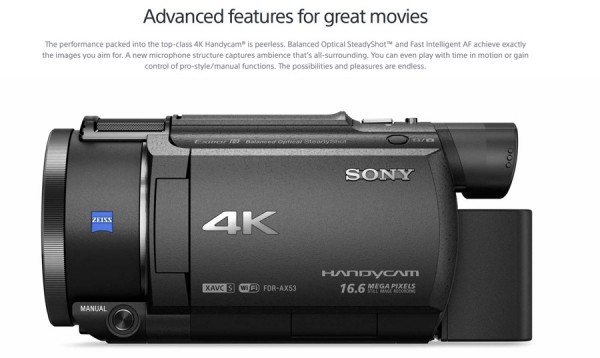

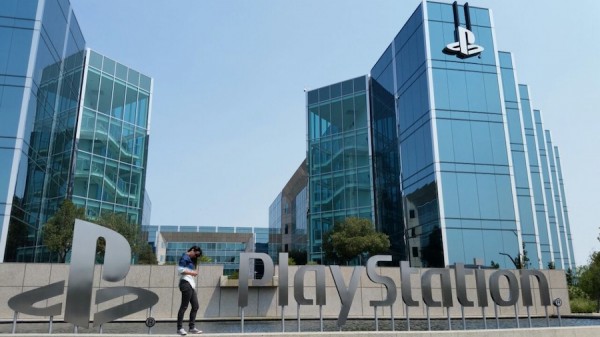
You must be logged in to post a comment.